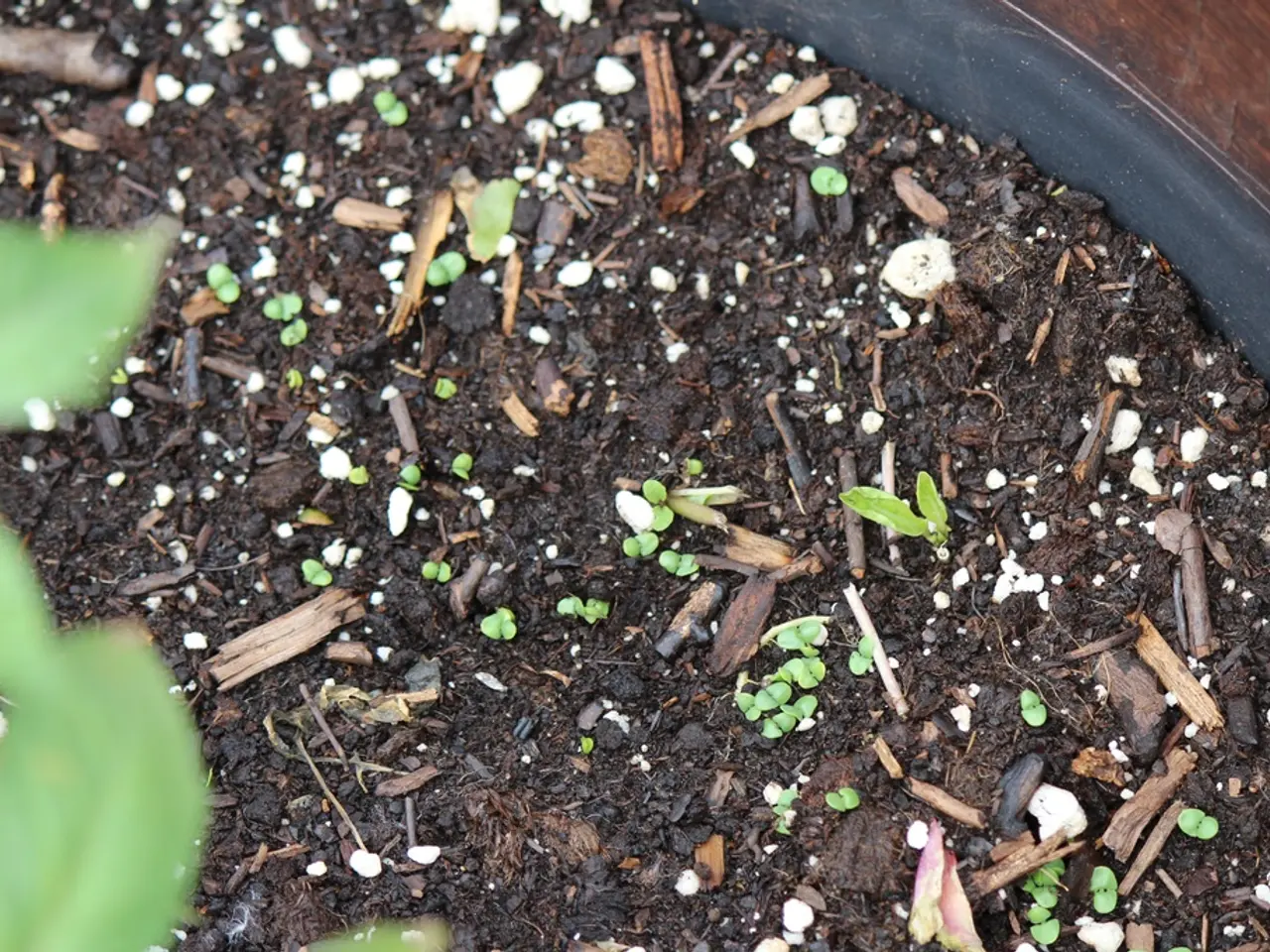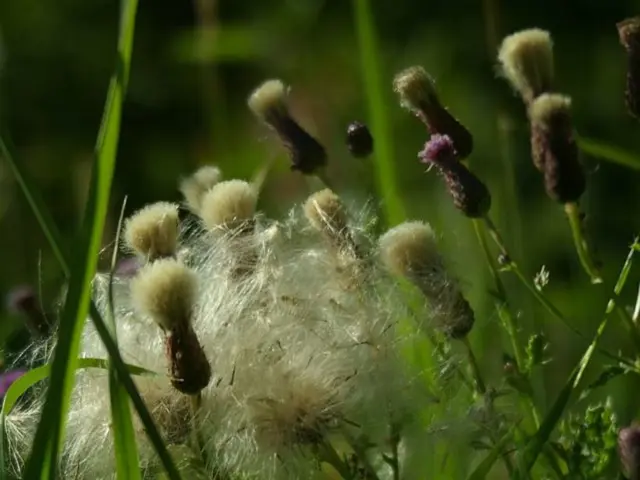Adequate Soil and Herbs: Identifying the Ideal Blend for Your Container Garden
Growing herbs is an excellent way to add some zing to your culinary creations, and most herbs are surprisingly easy to manage. Regardless if you're growing herbs in pots, planters, windowsills, or gardens, it's essential to select the proper type of soil. Most herbs are happy in ordinary garden soil provided it has good drainage. However, certain herbs such as rosemary, thyme, and lavender, which originate from the Mediterranean, favor gritty, well-drained soil.
When cultivating herbs in containers, it's crucial to utilize a high-quality potting mix designed for edibles. You may choose an organically certified mix or a blend specifically intended for herbs and vegetables. Ensure your pot has an adequate number of drainage holes, as herbs are not fans of their roots sitting in extra water. The size of the container is important too, it should be spacious enough to accommodate the plant without being too small or too large.
Soil can be classified into four basic categories - clay, chalk, loam, and sand. Loam soil is considered the ideal balance and is fertile, well-drained, and easy to work with. Sandy soil, on the other hand, is light, dry, warm, and low in nutrients, while clay soil is heavy, wet, and cold in winter, and baked dry in summer. Chalk soil is predominantly made up of calcium carbonate and is highly alkaline.
The pH level of the soil is significant, with most herbs tolerating a slightly acidic to neutral range of 6.5 to 7.5. You may test your soil's pH level using a variety of methods, including testing kits, or even comparing the soil's reaction to baking soda and vinegar. If you find you need to adjust your soil's pH, you can either add elements like sulfur to make it less alkaline, or lime or calcium to make it less acidic.
By choosing the correct soil type and maintaining good soil conditions, you'll be well on your way to an abundant herb garden.
What you'll learn
Soil type
- Soil types: clay, chalk, loam, and sand
- Understanding soil pH and how to test it
- Soil structure components such as particle size and their impact on plant growth
- Soil nutrients and how to fertilize your herb planter
- Soil moisture levels and the optimal amount to water your herb planter
Clay, chalk, loam, sand
Soil types: clay, chalk, loam, and sand
Growing herbs demands awareness of your soil's qualities, notably its type. Here is a brief overview of each soil type:
Soil pH
Clay soil is heavy, dense, and difficult to work with due to its high water content and small particles that bind together when wet. Overcoming clay soil obstructions involves incorporating well-rotted leaf mold or compost to ameliorate the structure and support younger herbs' growth.
6.5-7.5 pH
Chalk soil is high in alkalinity due to its composition of mostly calcium carbonate. It is typically light, well-drained, and shallow, with deposits of flint or chalk. While it can be challenging to reduce chalk soil's alkalinity, incorporating large amounts of compost can augment its nutrient content.
Loam soil is considered the ideal mixture of clay, sand, and silt, resulting in a rich, well-drained, and easy-to-work-with soil. There are various types of loam, such as clay-loam and sandy-loam, depending on their predominant composition. Sandy-loam, in particular, is ideal for growing a wide range of herbs as it is rarely waterlogged and dries out quickly in summer, without being too severe.
Soil structure
Sand soil is light, dry, warm, and poor in nutrients. Its gritty texture and rapid free-draining properties lead to nutrients being swiftly washed away. To improve water retention and nutrient content, sandy soils benefit from being fed with leaf mold and well-rotted manure during the winter. To strike a balance, you might also consider amending sandy soil with organic materials.
Particles, pH
Soil pH: testing and adjusting it
Acidity or alkalinity in soil is measured through the pH scale, which spans from 0 to 14. A pH of less than 7 is acidic, and a pH of more than 7 is alkaline, with 7 being neutral. To monitor your plants' health, it is important to maintain a pH level appropriate for most herbs, typically ranging from 6 to 7. There are several methods available to test your soil's pH:
Soil moisture
- Using a testing kit, you can collect soil samples and compare the results with a chart or chartlets provided by the manufacturer.
- Testing using baking soda and vinegar involves mixing equal parts soil, distilled water, and either baking soda or vinegar. If the mixture bubbles and fizzes, it indicates acidic or alkaline conditions, respectively.
- Using a pH meter requires dipping the probe into the soil or a soil sample, providing instant, accurate results.
- Sending a sample to a laboratory yields the most accurate results, including a detailed report on soil conditions.
Well-drained
When it is necessary to adjust your soil's pH:
- If your soil is too acidic, you can add lime or calcium to raise the pH.
- If your soil is too alkaline, you can use sulfur to reduce its pH level.
Soil fertility
Soil structure: particle size and plant growth
Organic matter, liquid fertiliser
Particle size is another essential aspect of soil, as it influences physical, chemical, and biological properties. Soil with smaller particles is more delicate, affecting water retention, airflow, and nutrient availability.
When gardening in containers, use a premium-quality potting mix suitable for edibles, which often consists of a blend of different particle sizes, ensuring adequate drainage and promoting healthy herb growth.
In summary, understanding the relationship between soil, pH levels, and particle sizes helps ensure optimal herb garden success. By selecting the appropriate soil type, maintaining good soil conditions, and providing your herbs with the attentions they require, you'll be growing a thriving herb garden in no time!
- A high-quality potting mix designed for edibles is essential when cultivating herbs in containers, as it provides the correct balance of nutrients and draining properties for healthy growth.
- By selecting the appropriate soil type and maintaining good soil conditions such as pH levels and particle sizes, an individual can create a thriving herb garden that contributes to a home-and-garden lifestyle and enriches herb gardening as a lifestyle choice.








